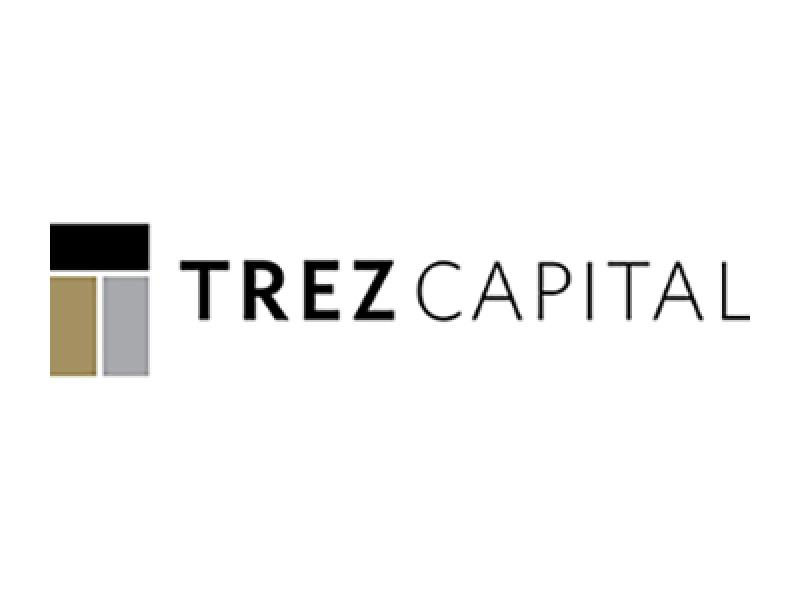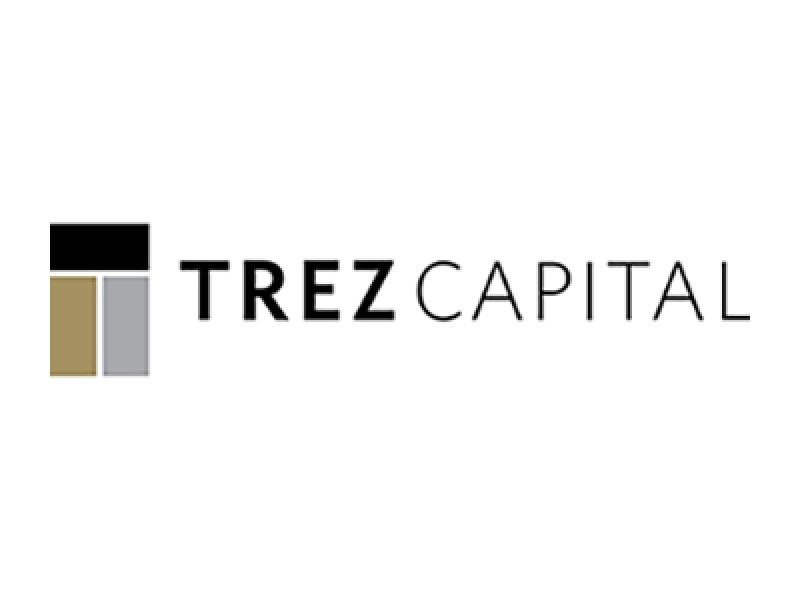With 2025 on the horizon, the Canadian commercial real estate investment market presents a unique blend of challenges and opportunities for the year ahead.
Economic shifts, including regulatory changes, interest rate stabilization and updates in immigration policy, continue to reshape housing demand across the country. In response, developers are actively adapting, especially in multi-family residential and industrial sectors.
Housing supply constraints and market shifts
While the national undersupply of housing remains a pressing issue, distinct dynamics are emerging across regions. High demand in the Greater Toronto Area (GTA), Greater Vancouver (GV) and Calgary continues. Yet GV’s multi-family market saw a record-high in released and unsold condo inventory in Q3 2024, with over 14,000 units remaining, as cited by Zonda Urban. The ideal outcome is a more balanced level of new and resale condo supply, which should be achievable in GV in 2025 as sales begin to show improvement due to a combination of lower interest rates, increased market optimism and developers remaining cautious in launching new condo projects – including cancelling some and/or converting to rental. A balanced market inventory will take longer to achieve in the GTA, according to Urbanation Q3 2024 data, where the released and unsold inventory number approaches 24,000 units. Developers have also begun using incentives, such as low deposit structures and mortgage buy-downs, to boost sales in this slowed Canadian for-sale market while rental demand remains strong.
Population growth plays a critical role here, especially in cities like Toronto, which led North American urban centres in population expansion last year. Recent immigration policy adjustments are expected to temper this growth, possibly easing housing demand, particularly on rental. However, with a national vacancy rate of just 1.5%, according to the Canada Mortgage and Housing Corporation (CMHC), and given the significant housing deficit, the effects on vacancy and rental rates will likely remain limited. CMHC estimates that Canada will need an additional 5.3 million housing units of all types by 2030 to meet demand. For historical context, average annual housing completions over the past 50 years have been approximately 200,000 units, underscoring the scale of this challenge. Trez Capital’s approach to financing is tailored to help developers navigate these regional imbalances. Senior Managing Director, Head of Canadian Origination at Trez Capital, Eric Horie, emphasizes, “Our financing solutions are designed to help developers address these significant imbalances, supporting the delivery of needed rental and for-sale housing units and fostering flexibility in the evolving for-sale market.”
Industrial real estate: Growth and stability
Recent data highlights that despite a general softening in demand in markets like British Columbia (B.C.) and Ontario, Alberta’s industrial landscape remains stable and highly attractive to investors. The surge in warehousing demand, driven by e-commerce growth and supply chain shifts, has kept occupancy rates high across the country, even as new space is continually added to meet demand. National vacancy rose slightly to 2.8% by mid-2024 due to a record 40 million square feet of new deliveries, a promising development for tenants seeking space amidst previous shortages.
Alberta’s industrial sector, in particular, is noted for its growth potential as demand for smaller industrial units outpaces supply. In the context of rising demand and Basel III’s increased capital requirements, this sector presents an optimal lending opportunity for non-bank lenders who can offer flexible financing where traditional banks may be constrained. According to Horie, “Basel III’s higher capital requirements for commercial loans limit some conventional lender’s ability or appetite to finance high-value industrial projects. This allows us to step in with innovative financing solutions that align with market needs, including flexibility around pre-sales and pre-leasing.”
As the sector heads into 2025, shifts within the supply chain further reinforce the need for strategic industrial investment. Companies are increasingly relocating distribution centres closer to end-consumers to optimize delivery speed, boosting the need for strategically located industrial real estate. “The combined impact of these trends and regulatory adjustments underscores a need for flexible and rapid capital solutions in Canada’s industrial market, positioning Trez Capital as a key player in supporting continued growth in this sector,” said Horie.
Interest rate stabilization and the multi-family outlook
As interest rates continue to stabilize, the multi-family sector is expected to benefit, with improved market conditions likely to enhance asset values and encourage construction, particularly for new condo developments. Although Canada has seen recent growth in purpose-built rental housing – thanks in part to policy changes like the removal of the GST on rental developments – high demand continues to strain available inventory. The shift in immigration targets may temper rental demand, potentially aiding market balance. However, the projected housing shortage remains significant and underscores the need for strategic planning.
Trez Capital’s financing strategies aim to support multi-family developers in navigating these shifts. “Stable interest rates give us a foundation to support developers in addressing both immediate housing needs and long-term market trends,” Horie explains.
Recent changes to the CMHC-insured construction loan programs, including updates to MLI Select and to the Apartment Construction Loan Program (formerly RCFI), reflect an evolving regulatory landscape that multi-family rental developers must now navigate. These updates, aimed at addressing affordability and housing supply goals, have resulted in new policy applications and underwriting adjustments, which can create uncertainty for developers needing timely and flexible financing solutions. Non-insured construction loan options, such as those offered by Trez Capital, have become increasingly attractive in this environment, as the streamlined underwriting and approval process better aligns with the fast-paced demands of rental housing projects where proforma profit margins can be slim.
“Our multi-family rental construction loan program is designed to provide customized capital solutions; its speed of execution can be accretive to return on equity (ROE) by allowing projects to commence construction sooner while not having to lock in rents well in advance of completion,” remarked Horie.
Adapting to regulatory and policy changes
Canada’s real estate investment market is being reshaped by a blend of new federal policies, regulatory adjustments and shifting market conditions, creating a cautiously optimistic outlook. The interplay of factors like recent immigration policy changes, prior Basel III regulatory implementations and evolving demographics – are set to redefine demand patterns and capital requirements across sectors.
“We’re committed to providing financing solutions that help our clients build sustainable value, especially as regulatory and economic pressures reshape investment strategies. By anticipating and adapting to these changes, we support developers and investors in seizing growth opportunities, even amid uncertainty,” concluded Horie.
In light of these shifts, 2025 presents promising opportunities across Canada’s multi-family, industrial and select commercial sectors. Through adaptive financing and market-driven strategies, alternative lenders are uniquely positioned to address complex capital demands, empowering borrowers and investors to drive lasting value in an increasingly competitive environment.








